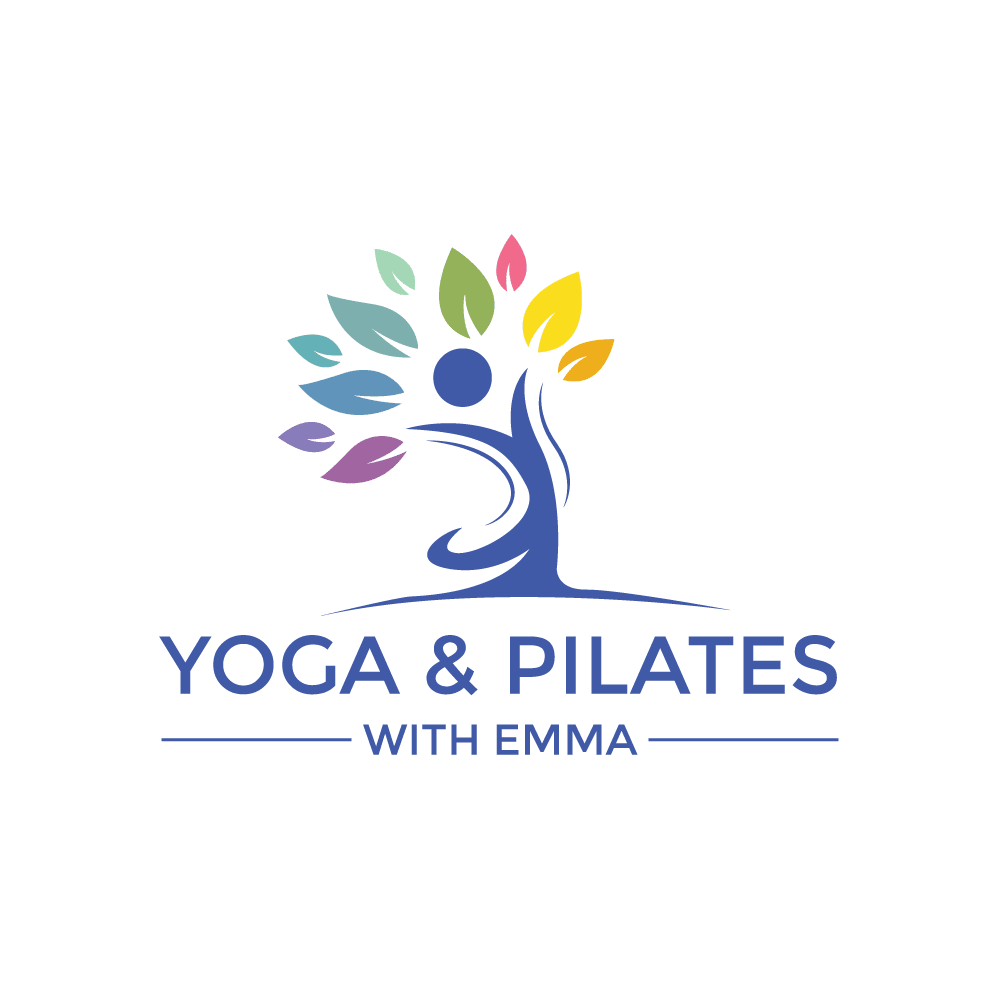Recently, there has been a lot of interest around the menopause. With Oprah Winfrey, Michelle Obama and Gwyneth Paltrow sharing their experiences on the menopause, the media have been shining a light on this topic. As well as Davina McCall’s documentaries: Sex, Mind and the Menopause further highlighting the need for a more open conversation (and hopefully better understanding) of what women experience during this challenging time.
So, what is the menopause? The menopause marks a time in a woman’s life where she has not had a period for one year. At this point it is considered that a woman can no longer produce children as ovulation discontinues. The lead up to this is period is called the perimenopause or the menopause transition.
For the majority of women, the menopause usually occurs between the age of 45 and 55. However, women can enter the perimenopause in their 30’s. The symptoms of the perimenopause are many, including brain fog, hot flushes, mood swings, fatigue, decreased libido, sleep issues, irregular periods, vaginal dryness, headaches, weight gain, muscle tension and aches, joint pain, bloating, thinning hair, brittle nails, stress incontinence, dizzy spells, osteoporosis, depression and anxiety.
These changes are brought on by changing levels of hormones produced by the ovaries. Estrogen is the primary female hormone which begins to decrease in perimenopause. Progesterone (another female hormone) and testosterone (the male hormone which is also present in females but at lower levels) are also affected. These symptoms can last as long as 15 years and continue after the menopause. For many women the experience can be debilitating, as they struggle to cope with the vast number of hormonal changes taking place in their body.
So how can you improve the symptoms of the menopause?
HRT (hormone replacement therapy) is a treatment aimed at helping to relive the symptoms of menopause. HRT can be taken in a variety of ways including tablet form but it is understood HRT is absorbed better via the skin. It can also be taken in gel form, a spray, patches, vaginal creams, pessaries or rings. Research indicates that women are at a slightly higher risk of developing breast cancer if they take HRT but it is believed that the benefits outweigh the risks.
Exercise – It’s no surprise for exercise to be advised as a way of helping with the symptoms of menopause. However, with the menopause being so demanding, it is advisable that women opt for a more strength based low intensity exercises such as swimming, Pilates and yoga. High impact exercise does have many benefits but it raises cortisol levels and when cortisol levels are raised too much, then this can exacerbate conditions such as anxiety. Furthermore, high impact on the joints could add further wear and tear to the body. Whatever exercise option you opt for, ensure it leaves you feeling good and invigorated after. If you feel exhausted and drained then seek out an alternative.
We all know that we should eat healthily – eat lots of fruit and veg and cut down sugar and saturated fats. But what about the menopause? What changes should we be making then?
Studies have shown that a diet rich in soy, fibre, fruit and vegetables have helped to decrease hot flushes in some cases by as much as 84%. It is also suggested in some studies that cutting down on caffeine can help to reduce hot flushes. Include soya, lentils, chickpeas, flaxseeds, oats and wholegrain rice in your diet. Theses contain phytoestrogens. Phytoestrogens are plant-based compounds that mimic estrogen in the body. They have been found to be beneficial in combatting the symptoms and conditions caused by the estrogen deficiency which happens during the menopause.
As the body ages, we slowly lose calcium from our bones. Losing estrogen during menopause increases the rate of loss, which can increase the risk of osteoporosis. Calcium can be found in dairy products, green leafy vegetable, oily fish and fortified foods (breakfast cereal and bread). It’s important to include this in your diet to improve bone health. But in addition to this include vitamin D, our body needs vitamin D to absorb calcium. Vitamin D is produced when we are exposed to the sun. Some dietary sources include red meat, oily fish, eggs and fortified foods.
The subject of the menopause is vast as there is so much to be said on the matter and every woman’s experience is individual to them. However, it is becoming a lot more socially acceptable to talk about the menopause. If you think you are struggling with the menopause then please do contact your GP.
https://www.healthline.com/nutrition/menopause-diet#foods-to-eat
